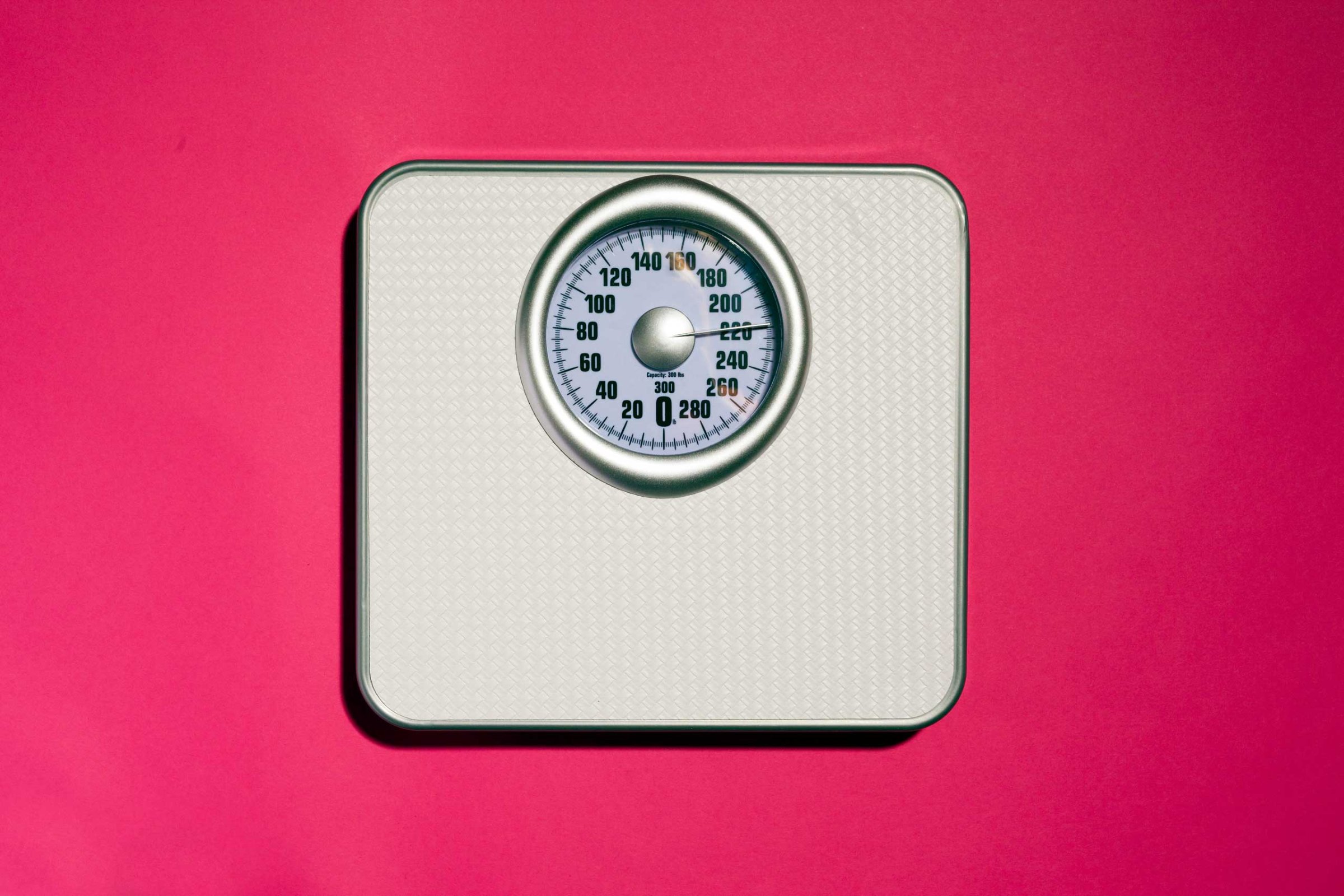
As a human, you’re undoubtedly familiar with white fat: the pillowy kind under the skin that stores calories and excess energy. But there’s another type called brown fat, which burns extra calories, generates heat and may spur weight loss.
It’s not yet clear exactly how some fat browns, but finding out could prove important to weight loss interventions. Animals, including us, develop more brown fat when they’re exposed to cold, and now, a new study published in the journal Cell finds that gut microbes change when mice are exposed to cold, and that shift is enough to burn fat, develop brown fat and help mice lose weight.
For a month, the researchers put a group of mice in a special climate chamber that gradually grew colder and colder—similar to what happens in some mice’s natural winter habitat. They kept a group of mice in room temperature to act as the control group and collected fecal samples from both throughout the month.
MORE: A Fat-Burning Gene May Help Weight Loss
As the mice got colder, they lost weight—but that stopped after a few days once their bodies adapted. The researchers found that the mice got better at harvesting calories from their food, because their intestines and villi that absorb nutrients in the gut became longer. The cold had created a supercharged gut, one that got more calories from the same amount of food.
Even more surprisingly, their composition of gut bacteria shifted. “We found that the microbiota was dramatically changed after cold exposure,” says senior study author Mirko Trajkovski, professor in the department of cell physiology and metabolism at the University of Geneva in Switzerland.
He and his team had a hunch that this bacterial shift was influencing weight loss. So they took microbes from both groups of mice and transplanted them into mice that had been bred without any bacteria at all. The mice who got the “cold” microbes started exhibiting changes like the cold mice had; they developed more brown and beige fat, lost weight and had better insulin sensitivity (which helps them adapt to the cold). They even grew longer intestines than the warm-transplanted mice, just like the cold mice had. “What was amazing is that the transplanted mice with the cold microbiota that had never been exposed to cold before were completely protected against hypothermia,” Trajkovski says. “Microbes alone were sufficient to induce this.”
MORE: Scientists Find A Way To Trigger Fat-Burning Brown Fat
But how? The researchers wanted to see if they could pinpoint the bacterial strain associated with these benefits, and they could: a strain called Akkermansia muciniphila. When mice were exposed to cold, their levels of that bug disappeared. But when the scientists grew Akkermansia in the lab and put it back into the mice, the mice start losing weight again.
This isn’t the first time scientists have found that the Akkermansia bug might play a role in weight loss. A June study of 49 overweight and obese adults found that those who had higher levels of the gut bug had better clinical measures after going on a diet, including a stronger decrease in visceral fat than those with lower Akkermansia levels.
One guess is that lower levels of this bug may make animals absorb more calories from their food—and that this could be playing a role in human obesity. “Perhaps putting it back in in humans could be a novel way of promoting weight loss, by shrinking the gut or decreasing the absorptive surface,” Trajkovski says. “We haven’t done the studies yet.”
Obviously, more research is needed before we see Akkermansia weight loss shakes or brown fat in a bottle. But the new study in mice suggests that a therapeutic approach might one day be possible in humans.
More Must-Reads From TIME
- The 100 Most Influential People of 2024
- The Revolution of Yulia Navalnaya
- 6 Compliments That Land Every Time
- What's the Deal With the Bitcoin Halving?
- If You're Dating Right Now , You're Brave: Column
- The AI That Could Heal a Divided Internet
- Fallout Is a Brilliant Model for the Future of Video Game Adaptations
- Want Weekly Recs on What to Watch, Read, and More? Sign Up for Worth Your Time
Write to Mandy Oaklander at mandy.oaklander@time.com